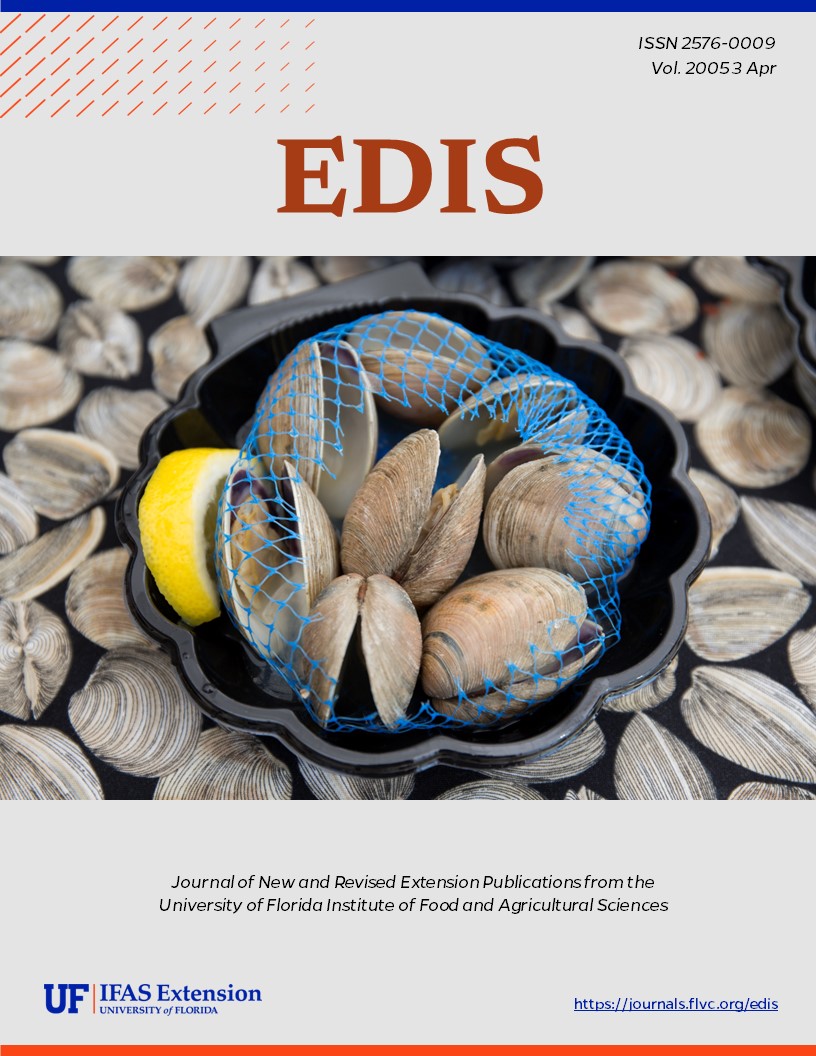Abstract
Gray leaf spot disease, caused by the fungus Pyricularia grisea (also referred to as Magnaporthe grisea), slows grow-in, thins established stands, and can kill large areas of St. Augustinegrass turf during the frequent warm rainy periods associated with Florida. In Florida, St. Augustinegrass is the only warm season turfgrass affected by this important disease. However, from the mid-Atlantic states north and throughout much of the Midwest, the pathogen blights the cool season species of annual and perennial ryegrass as well as tall fescue. This document is PP204, one of a series of the Plant Pathology Department, Florida Cooperative Extension Service, Institute of Food and Agricultural Sciences, University of Florida. Original publication date March 2005.
Unless otherwise specified, articles published in the EDIS journal after January 1, 2024 are licensed under a Creative Commons Attribution-NonCommercial-NoDerivs 4.0 International (CC BY-NC-ND 4.0) license.

